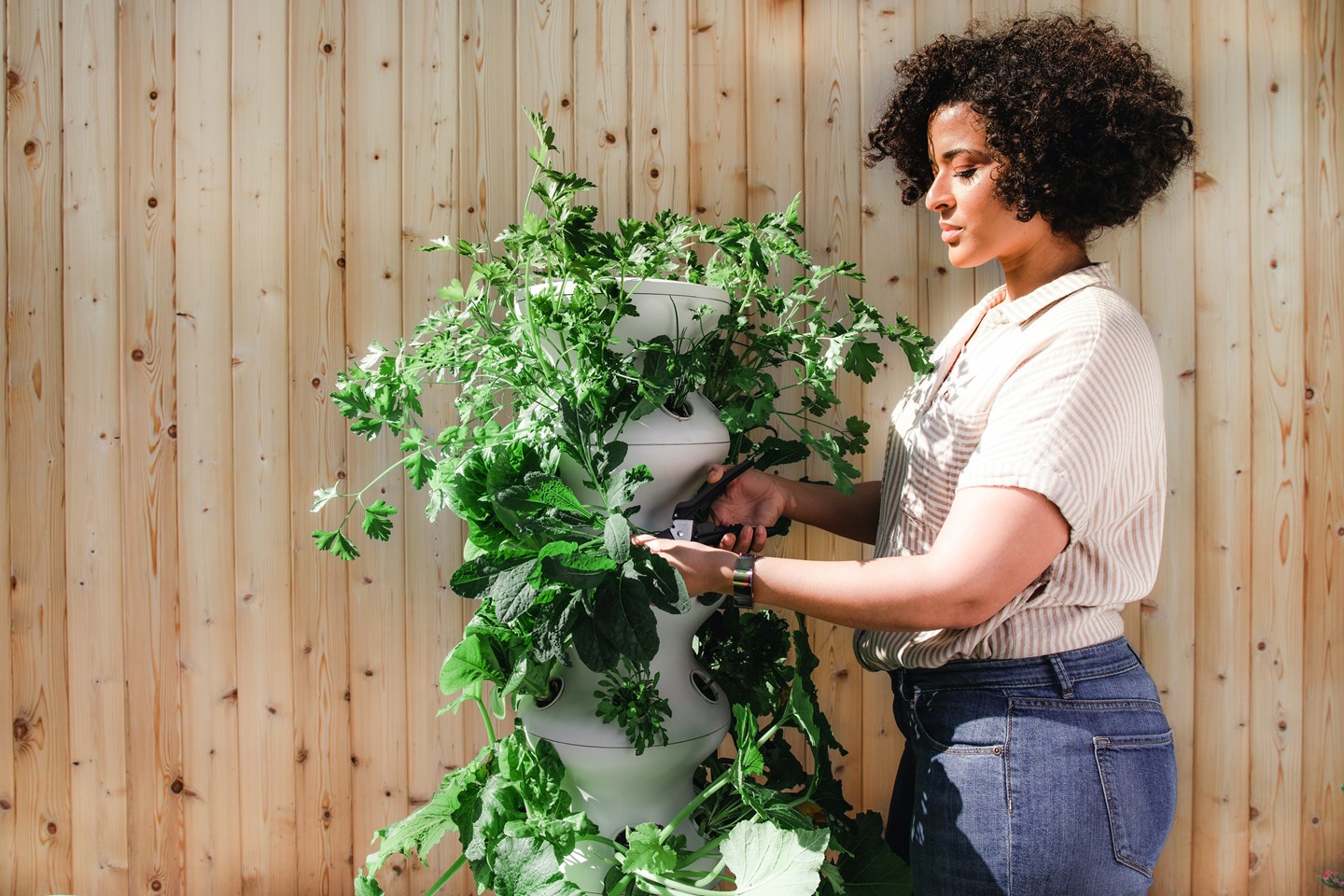
Category
Perspectives
Lifestyle
The renter’s guide to sustainability
Posted by AMH Team
6m read time
Jun 2, 2022
While renting may not be the first thing that comes to mind when you think of helping the environment, there are a number of reasons why it can be more Earth-friendly than owning. Plus, whether you own or rent a home, there’s several ways to make your home life more eco-conscious, which can have a cumulative effect over time. Check out our top green living tips below to get inspired!
Environmental benefits of leasing
First, renting gives you geographic flexibility during life events that may require relocation. For example, when you lease, you’re not locked in place for a long commute if your new job is farther away. This is particularly impactful when you consider that transport—dominated by cars—is the single largest source of greenhouses gases in the U.S., higher than electricity or industry emissions. Additionally, renting allows you to diversify your assets instead of placing a huge amount of cash in a single hard asset. You can continue to move your money around within the economy and even focus on sustainable investing that fits your values. Finally, when you rent, you get to enjoy shared amenities, like pools, playgrounds, and gym equipment, instead of using resources to recreate them in a single space. When these actions are scaled across the globe, renting can have a significant impact on the environment.
1. Reuse furniture and décor items
There’s no shortage of inexpensive furniture and decor you can buy online and have delivered straight to your door. But “fast furniture” takes an environmental toll. Over 12 million tons of furniture is thrown away in the U.S. each year, and the shipping process also significantly contributes to our overall carbon footprint. For a more sustainable option, look for used items to furnish your home from thrift stores, yard and estate sales, and online marketplaces. You’ll keep perfectly good items out of landfills and avoid materials being transported across the world. Plus, you’ll spend a lot less money, which you can then spend or save in other areas of your life. If you have your heart set on a specific style of furniture, check out companies that allow you to rent items for a monthly fee. Some of them are still limited to major cities, but are quickly expanding around the country.
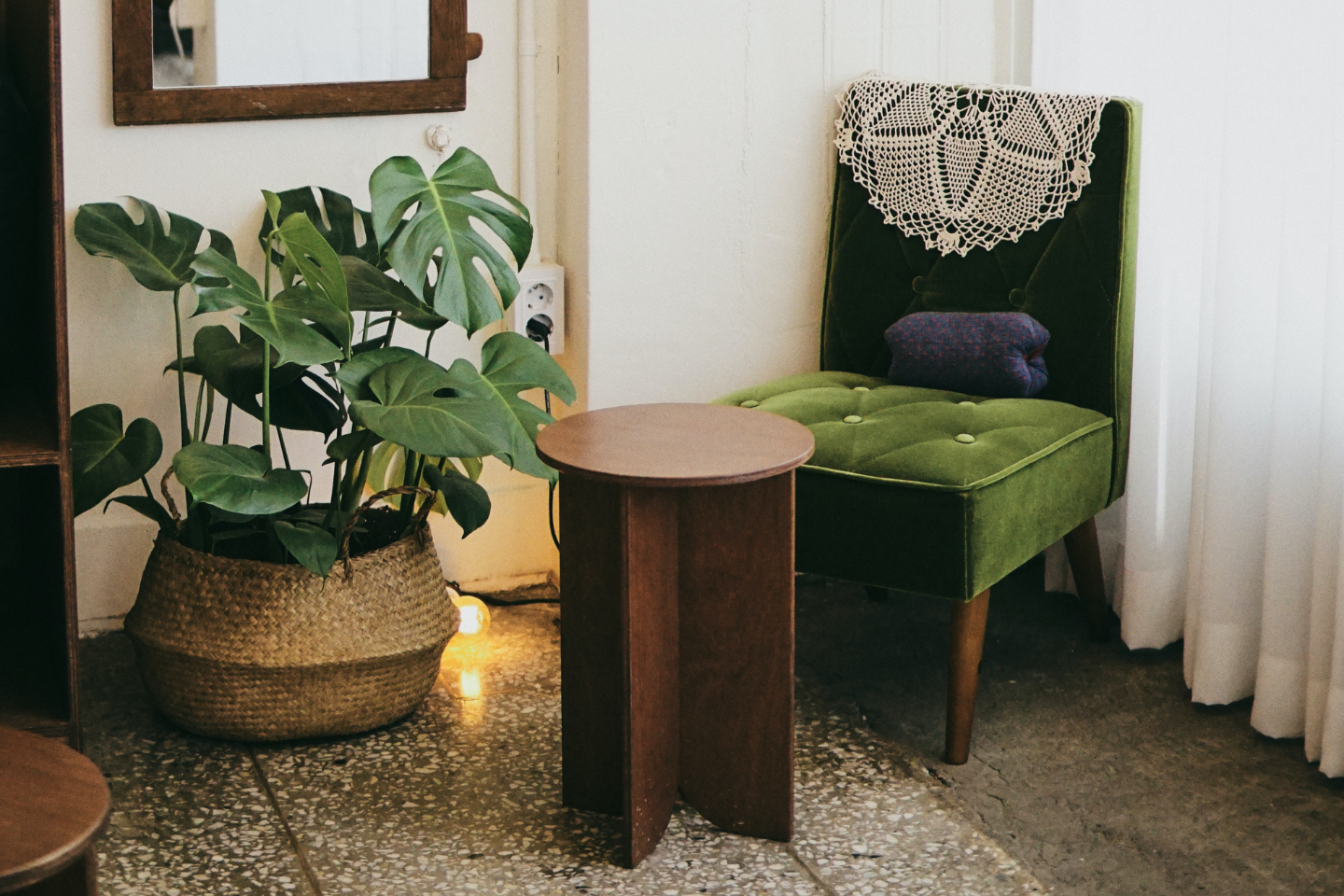
2. Recycle, recycle, recycle
Recycling isn’t a new phenomenon, but it’s certainly an important one for renters who want to be more sustainable, for the sake of the planet and those who will enjoy it after us. Recycling materials reduces the amount of waste that is burnt, tossed in landfill, or dumped into nature, and conserves natural resources such as timber, water, and minerals, which aren’t infinite. It also helps save energy: manufacturers that use recycled materials consume an average of 75% to 95% less energy compared to raw materials. Check out our 101 guide to recycling at home here and begin by implementing these simple steps to make your everyday life more environmentally friendly:
- Research recycling services and rules in your neighborhood
- Empty and rinse containers before recycling
- Break down boxes
- Buy products that are made from recycled materials
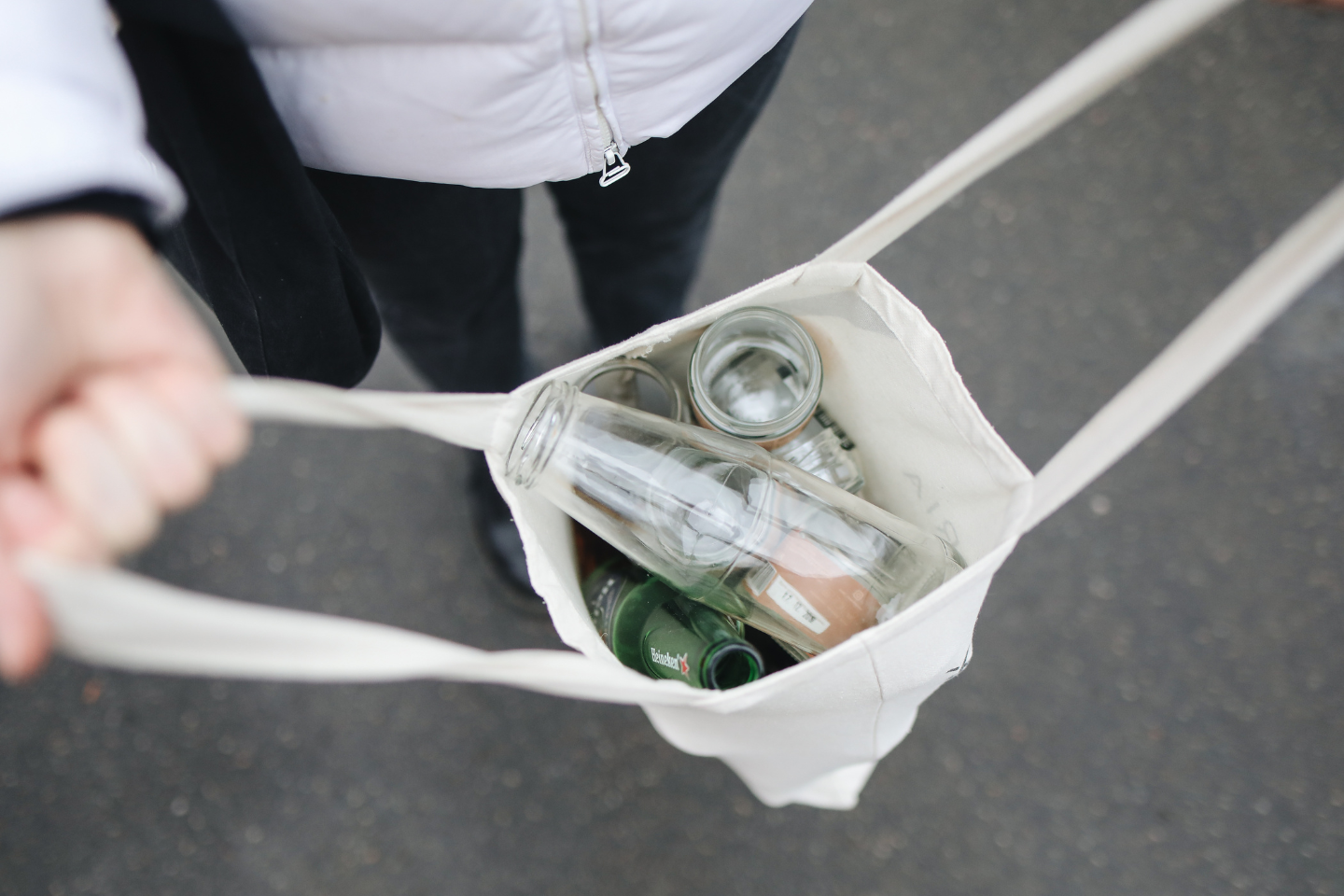
3. Conserve energy and water
Regardless of whether a resource is renewable or nonrenewable, overuse leads to increased greenhouse emissions. Conserving energy and water not only reduces your utilities bill; it also reduces your carbon footprint. There are so many simple measures you can incorporate into your daily routine to make a difference. Check out our 10 ways to lower your electricity bill and get started with these easy ideas:
- Turn off lights when you leave a room
- Use smart power strips
- Use cold water during your wash cycles
- Open your blinds and curtains to maximize natural light
- Limit your running water time
- Immediately make a maintenance request for leaky faucets or running toilet water
- Water your plants in the morning
- Run your dishwasher and washing machine with full loads

4. Participate in your local sharing economy
The sharing economy has been booming over the last several years. The idea is to tap into shared resources within your community to decrease your local carbon footprint. One of the most popular examples of a sharing economy is ride sharing services, such as Uber or Lyft carpooling. But there are also other ways to tap into this mindset. First, consider borrowing items instead of buying them new. For instance, you could share a lawnmower with neighbors or pay for a service rather than investing in your own expensive equipment. Plus, you’ll be supporting local small businesses in the process. Another idea is to create a container garden and share plants with fellow gardeners. You can pass on cuttings, seeds, or clumps, depending on the type of plant. As an environmental bonus, all of those flowers, herbs, and vegetables will turn into a pollinator haven.
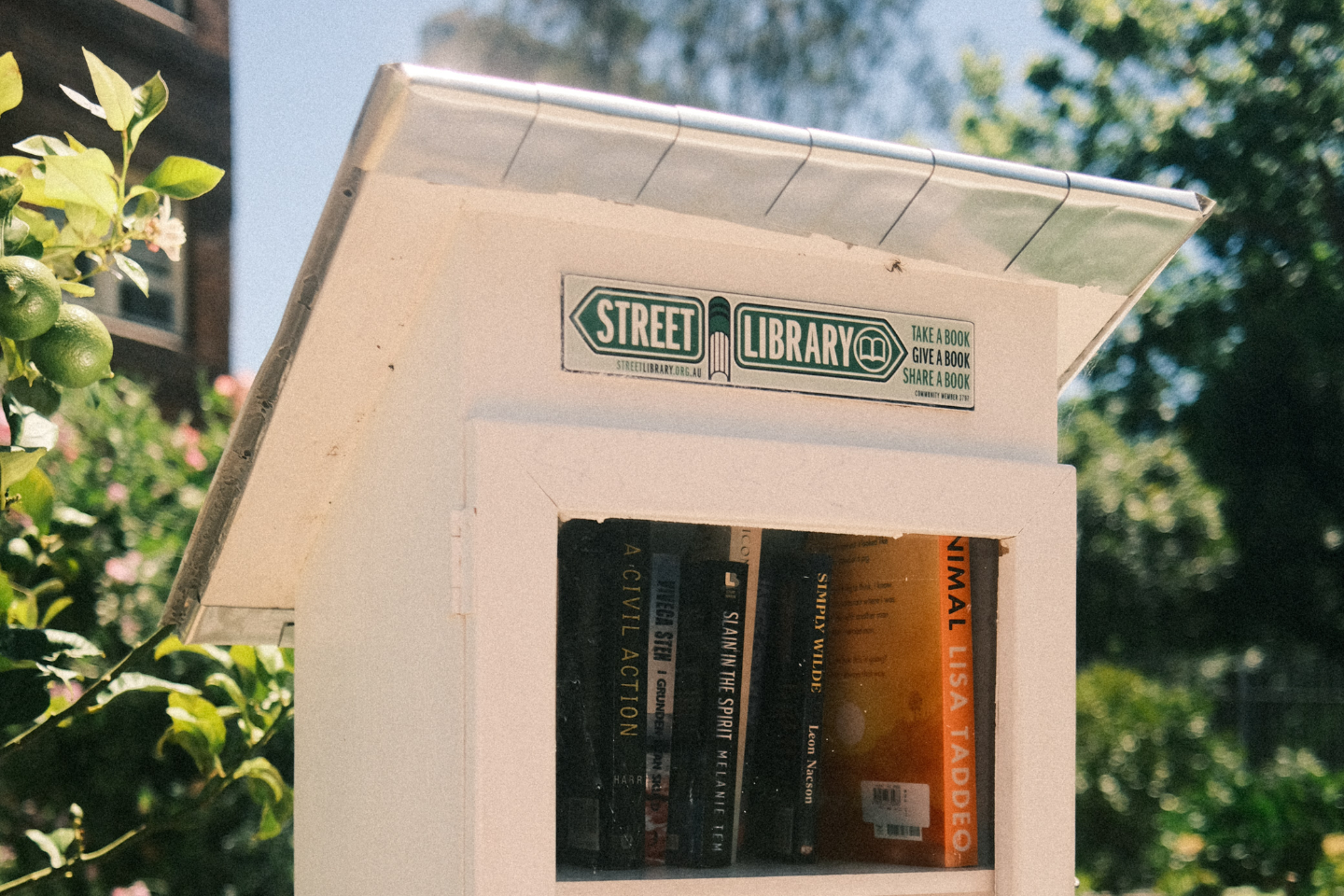
5. Create a container vegetable garden
Speaking of plants and pollinators, consider starting a backyard container garden to grow some of your own staple foods locally. There are several herbs and vegetables that are easy to grow at home, and the environmental benefits are many, including reducing carbon emissions, plastic packaging, and fossil fuel usage. On average, fresh produce travels 1,500 miles before reaching a consumer. That’s a significant distance that not only pumps out carbon emissions, but also reduces the freshness and nutrition of the produce itself. Here are some examples of container-friendly plants to consider growing:
- Beans: Choose either a bush variety or a climbing variety if you put in a support trellis.
- Peppers: Most plants are naturally small enough that you don’t need to find a container variety. Go for sweet, spicy, or both.
- Greens: Kale, lettuce, spinach, and Swiss chard are container friendly varieties that can also withstand some shade throughout the day.
- Radishes: These don’t require a lot of depth and they grow fast, making them a great introductory vegetable for new backyard gardeners.
- Tomatoes: Celebrate the heart of summer with a container variety of tomatoes. There are tons of options out there, often also called patio plants.
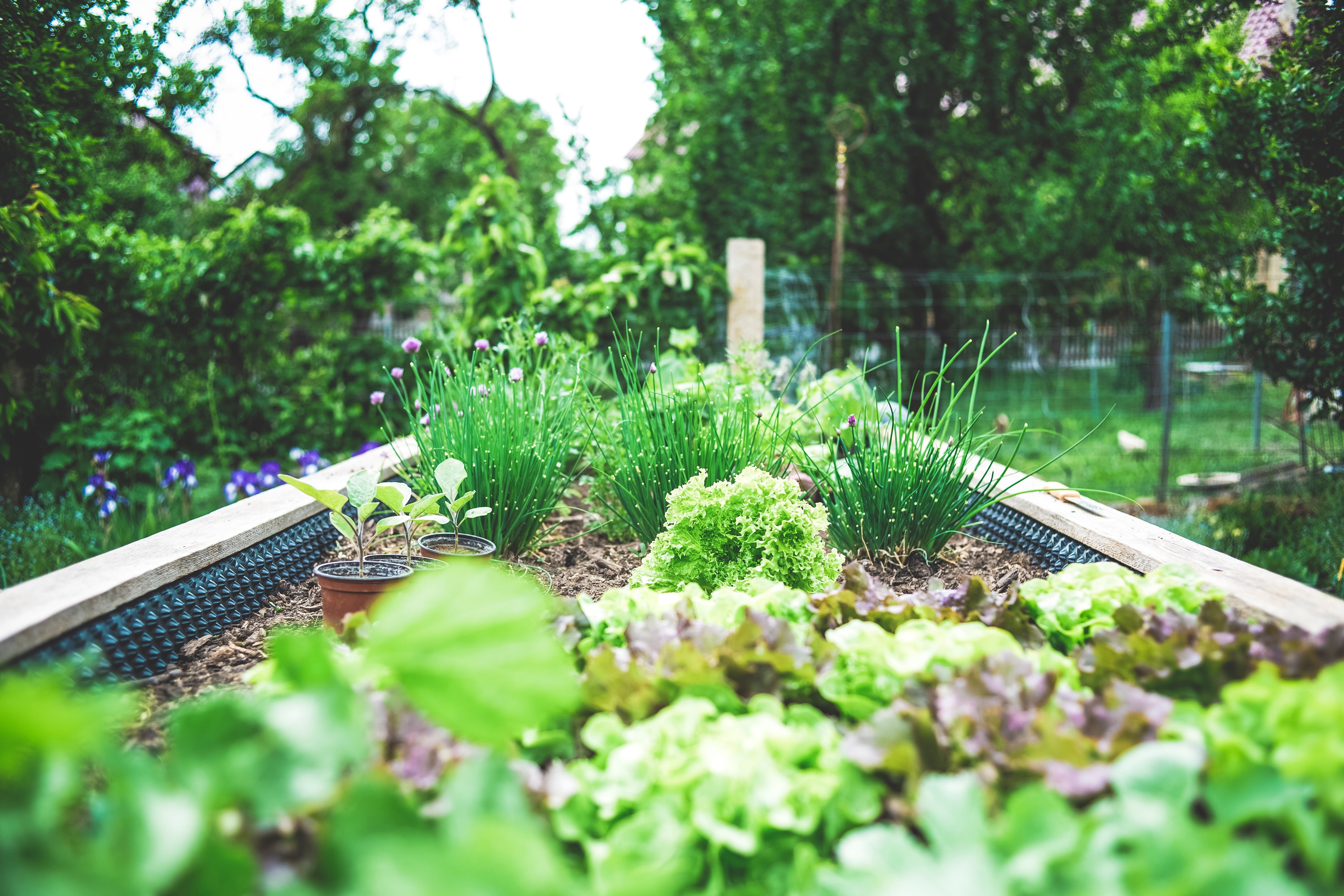
6. Adjust your temperature settings
When outdoor temperatures reach extremes, it’s tempting to either crank up the heat or the air conditioning to stay comfortable. But you can lower your utilities bill and your use of resources by keeping a steady, moderate temperature even throughout the winter and summer seasons. When it’s cold outside, experts recommend setting your thermostat to 68 degrees. It may not feel as cozy as 75, but it makes a big difference in curbing your energy usage. Grab a sweater, plug in a space heater, or try our tips to keep your home warm in winter if you need a little extra warmth. In hotter months, keep the temperature around 78 degrees so you’re not constantly overworking your AC unit. Using fans to circular the cool air can help keep you cool without overtaxing your energy use.

7. Design a green home office
If your home doubles as an office, consider the several ways you can create your own “green office policy.” Start by choosing sustainable office supplies, such as items that are biodegradable or made from bamboo, which is an eco-friendly renewable resource. Also, try to limit your printing to save paper and, therefore, trees. Instead of eating out on a regular basis, opt to make more lunches at home while working; if you started that container vegetable garden, you could throw together a healthy salad using most of your own ingredients! To stay hydrated during your workday, invest in a reusable flask instead of burning through plastic bottles—a material whose manufacturing process releases 2.5 million tons of carbon dioxide into the atmosphere, is problematic to recycle, and therefore becomes waste that kills 1.1 million marine creatures in the ocean each year.

Final thoughts
Renting your home provides countless opportunities for leading a more sustainable lifestyle that can positively impact environment. Even if you own, there’s plenty of better habits you can adopt, from things you do to things you can avoid, that are healthier for you and the planet.
© 2024 American Homes 4 Rent, LP
American Homes 4 Rent®, AMH®, AH4R®, Let Yourself In®, AMH Development®, American Residential®, and 4Residents® are registered trademarks of American Homes 4 Rent, LP. 4Rent℠, AMH Living℠, and 4Communities℠ are service marks of American Homes 4 Rent, LP. AMH refers to one or more of American Homes 4 Rent, American Homes 4 Rent, L.P., and their subsidiaries and joint ventures. In certain states, we operate under AMH, AMH Living, or American Homes 4 Rent. Please see www.amh.com/dba to learn more.



